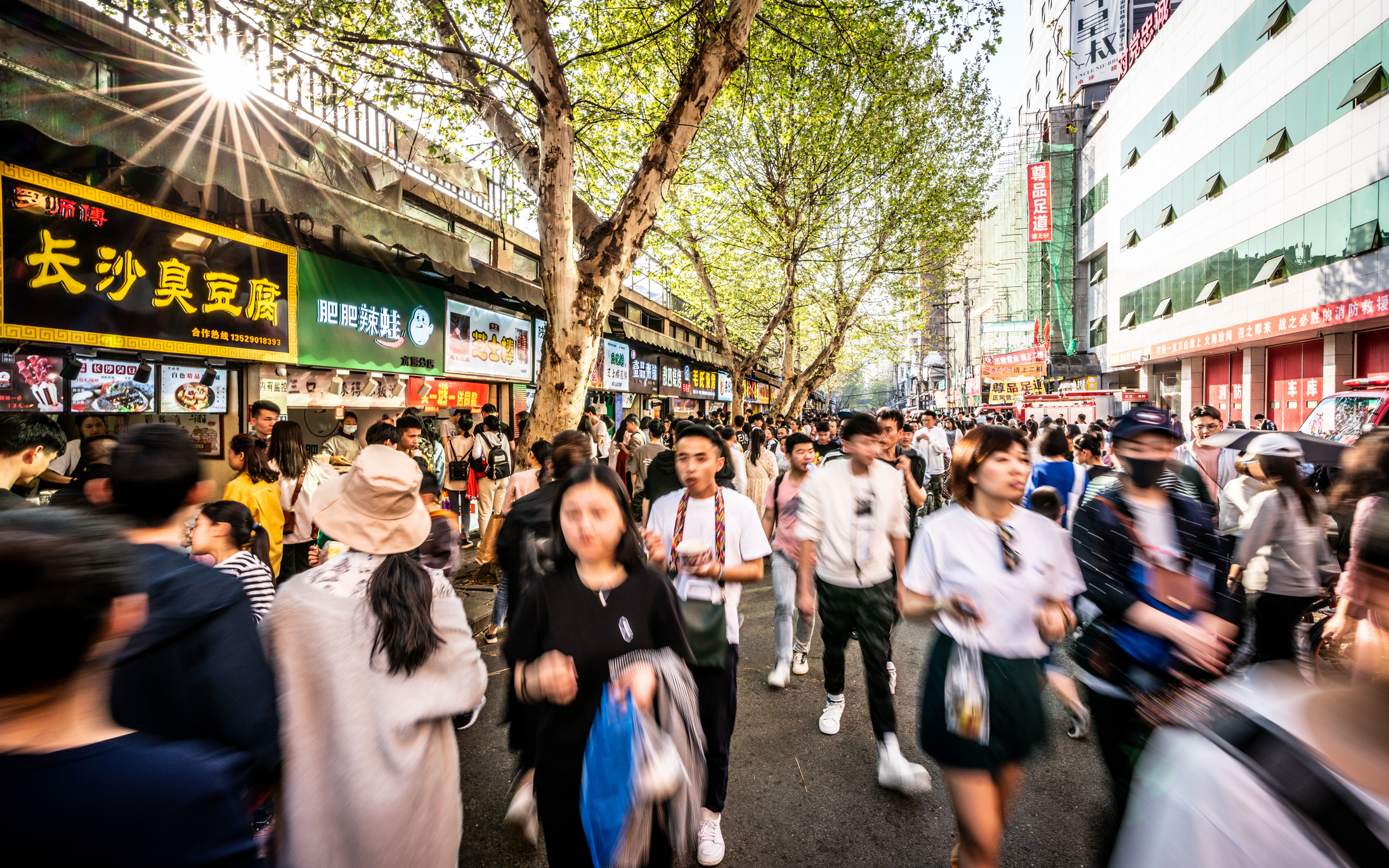China: Unbalanced economic resilience at home, rising trade tensions and conflict risks abroad

Event
China’s economic activity continues to show signs of resilience but with discrepancies among growth drivers. Besides, China is facing rising external risks, from trade to conflicts in Asia.
Impact
The Chinese economy grew by 5.3% YoY in the first quarter of 2024. In an upward revision from the IMF, it is expected that the country’s GDP growth will reach 5% this year (i.e. slightly less than +5.2% in 2023) while a deceleration to +4.5% in 2025 is still forecast, pursuing the structural economic slowdown. Industrial production, investments and particularly exports tend to support growth. Nevertheless, domestic demand continues to be relatively weak given the households’ confidence crisis – exacerbated by high youth unemployment – deleveraging local governments and a continuing property market crisis. As a result and also considering harsh domestic competition in many sectors, the Chinese economy continues to be stuck in deflation with an inflation rate around 0 (at +0.3% YoY in May). This is corroborated by bank lending growth below 10%, which is a relatively weak level in China.
Therefore, the authorities have recently announced several measures to stimulate the economy. Beijing announced a special large sovereign bond issuance with low yields and very long maturities as one of these measures. This would enhance the central government’s role as economic driver (replacing highly indebted local governments). Those bonds will target spending on infrastructure investments and critical sectors (such as energy, food security and manufacturing). Moreover, Beijing decided to inject USD 40 billion into a rescue plan for the real estate market. However, given the scale of the property crisis, further state support could come up later.
In a context of persisting domestic economic difficulties, China is also facing rising external risks through trade restrictions, trade diversions and conflict risks. Since several years, Chinese companies are being boosted to produce excessively under favourable conditions, namely state subsidies, a low renminbi, relatively cheaper oil and easy access to critical minerals. Given the insufficient domestic demand, Beijing has opted for a strategy of exporting its manufacturing overcapacities – in a broad range of sectors, including green technologies – to the rest of the world. However, as China already is the world’s greatest manufacturing exporter, this tactic is leading to more trade restrictions and fuelling protectionism. Over the past months, the USA and the EU, but also many emerging countries (e.g. India, Thailand, Brazil, Turkey, Indonesia, etc.), have launched inquiries against unfair subsidies and/or hiked their import tariffs (e.g. in the steel, EV and renewable sectors) to protect their local industries. Therefore, trade tensions with China might rise further in the future as Beijing also retaliates in a targeted way, principally against Western markets. More generally, China feels the hit from trade restrictions related to the US-China rivalry through shifting supply chains, but also from the tightened supervision of foreign companies in China through the flight of foreign investors. After a first decline in 2022, followed by a collapse last year, FDI inflows remain on a persisting sharp downward trend as they fell by 28% YoY between January and May 2024. On the other hand, Chinese FDI outflows are on the rise too, notably in the EV sector and towards countries like Vietnam and Mexico, where Chinese companies may circumvent Western trade restrictions.
Amid rapid military build-up and China’s increasing regional assertiveness, conflict risk in Asia is the other hot risk in the spotlight. Tensions keep rising around Taiwan with China’s heightening military pressures and drills, and frequent incursions into the island’s air defence and sea zones. In the near term though, the disputed South China Sea represents the highest conflict risk with recurrent clashes between Chinese coastguards and Philippine vessels. In spite of recent dialogue between both countries, they remain determined to defend their sovereignty rights in the disputed area. Hence, miscalculation and potential victims could trigger military exchanges and, in theory, also a US intervention because of the bilateral defence alliance with Manila. Finding the balance between assertiveness and containing a conflict risk could become an increasingly difficult exercise over time. Though it is worth pointing out that a second mandate for Trump could mitigate the prospect of a potential US intervention and thus somewhat compel Manila to act more reservedly.
Credendo has no plans of modifying China’s strong political risk ratings (for both ST and MLT) in the one-year outlook.
Analyst: Raphaël Cecchi – r.cecchi@credendo.com
